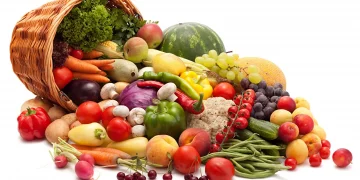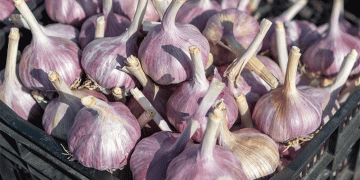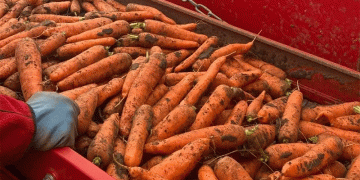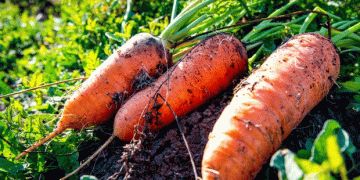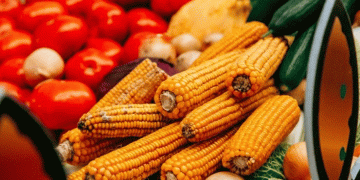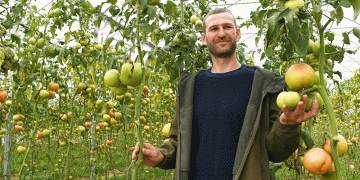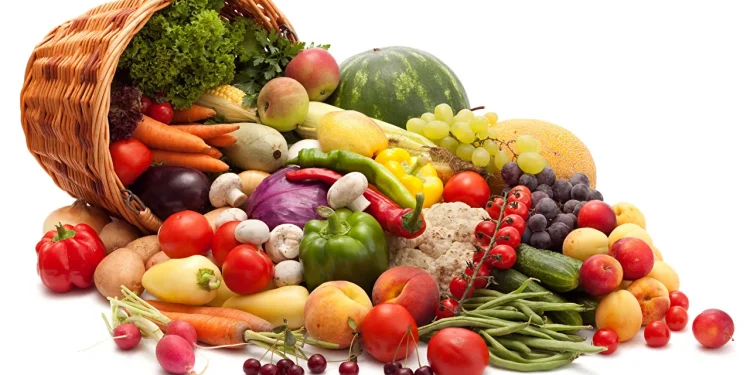Farmers Face Unprecedented Challenges Amidst Prolonged Dry Spell
The agriculture sector in West Virginia is grappling with significant challenges due to prolonged drought conditions affecting all 55 counties. The Eastern Panhandle has been particularly hard hit, with the U.S. Drought Monitor classifying the area as experiencing extreme drought. According to Commissioner Leonhardt, this year’s drought is one of the most severe in over a century, presenting unprecedented difficulties for local farmers who are contending with dried-up creeks and parched farmlands.
At Orr’s Farm and Market in Martinsburg, the effects of the drought are readily apparent. The lack of sufficient rainfall has placed immense stress on unirrigated plants, leading to noticeably reduced yields in key field crops such as pumpkins, green beans, and corn. Katy Orr-Dove, the General Manager of the farm, notes that the extreme heat of this summer has not only affected crop yields but has also disrupted the typical ripening schedule for their primary crops, peaches and apples. The irregular ripening and harvesting timeline has compounded the challenges faced by the farm, leading to a smaller and less bountiful peach harvest despite recent rainfall.
Forecasted rain from Hurricane Debbie, expected to bring three to five inches to the Eastern Panhandle, may offer some temporary relief. However, state officials, including Gov. Jim Justice, acknowledge that this rainfall will likely not be enough to fully reverse the extensive damage caused by the drought. The state Department of Agriculture has initiated preparedness measures for potential rain and flash floods, but the consensus remains that the upcoming rain will not be sufficient to mitigate the drought’s impact on West Virginia’s agricultural sector.
Farmers, agronomists, and agricultural businesses in the region are advised to continue monitoring the situation closely and to consider implementing drought-resistant strategies where possible. The long-term effects of this drought underscore the need for adaptive practices in agriculture to better withstand such extreme weather conditions in the future.
